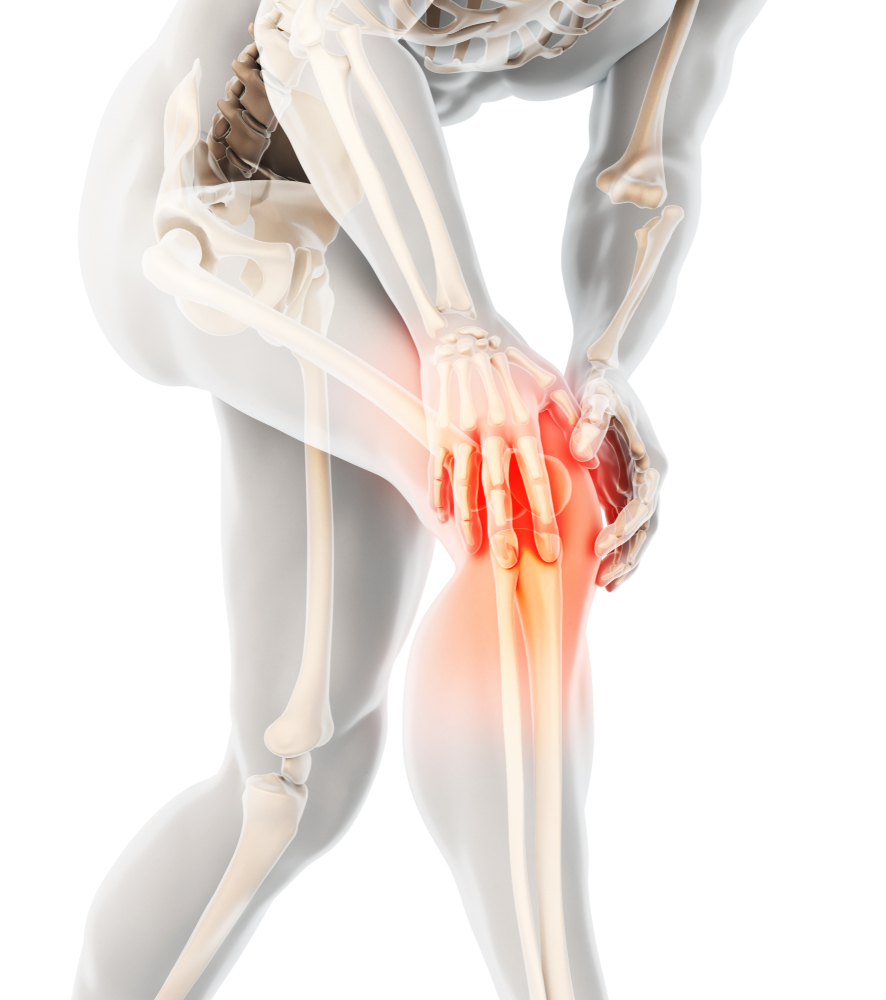Comprehensive Guide to Compression Fractures: Causes, Symptoms, and Effective Treatments
This comprehensive guide explores compression fractures, detailing their causes, symptoms, diagnosis, and various treatment options. It emphasizes the importance of early detection and medical intervention to prevent long-term disability. Suitable for patients, caregivers, and healthcare providers, this article sheds light on how to effectively manage and treat this common spinal injury.

Comprehensive Guide to Compression Fractures: Causes, Symptoms, and Effective Treatments
In-depth understanding of compression fractures
A compression fracture is a type of spinal injury where one or more vertebral bones in the spine collapse or become compressed, leading to significant health challenges. These fractures often cause pain, reduce the height of the affected vertebrae, and result in poor posture or deformity. Recognized by sudden or gradual onset, compression fractures can cause severe discomfort and limit mobility, dramatically affecting a person’s quality of life. Understanding the causes, symptoms, and available treatments is essential for proper management and recovery.
What are compression fractures?
Compressions fractures are typically caused by the failure of vertebral bones under pressure, usually due to weakened or brittle bones. The accident or trauma often being the immediate trigger, but often underlying conditions play a significant role. The collapse of the vertebrae not only causes pain but can also lead to deformities such as kyphosis, commonly known as a hunchback appearance. Recognizing the risk factors and early symptoms is vital for timely diagnosis and intervention.
Common causes of compression fractures
Trauma from falls, sports injuries, or car accidents — direct impact causes the vertebral bones to crack or collapse.
Osteoporosis — a condition where bones become porous, fragile, and more susceptible to fractures even from minor stresses.
Spinal metastasis or cancer spread — malignant tumors can weaken vertebral bones, leading to fractures.
Congenital bone conditions such as osteogenesis imperfecta, which cause bones to be inherently fragile.
Spinal infections, including osteomyelitis, which can compromise bone integrity over time.
Repeated stress or microtrauma — often seen in athletes or individuals with certain occupations.
Other factors such as long-term corticosteroid use affecting bone density, or certain ethnic backgrounds with higher susceptibility.
Recognizing symptoms of compression fractures
Persistent severe pain in the back or neck, often sharp or stabbing in nature
Noticeable decrease in height or a sudden hunch in the upper back
Stiffness or limited range of motion in the spine
Numbness, tingling, or weakness in the limbs, indicating nerve involvement
Difficulty standing upright or walking comfortably
In some cases, loss of bladder or bowel control due to nerve compression
Individuals at higher risk of developing compression fractures
Elderly adults, especially those aged 60 and above
Postmenopausal women, due to decreased estrogen levels impacting bone density
People diagnosed with osteoporosis or low calcium levels
Patients with a history of spinal cancer or metastatic disease
Smokers or individuals with certain ethnic groups prone to lower bone mass, such as Caucasian and Asian populations
How compression fractures are diagnosed
Medical consultation with a healthcare professional for thorough evaluation
Physical examination to assess spinal deformities, tenderness, and mobility
Imaging studies like X-rays, MRI, or CT scans to confirm the presence and extent of the fracture, as well as underlying causes
Available treatment options for compression fractures
Bone health management — medications like bisphosphonates and calcium or vitamin D supplements to strengthen bones
Rest and activity modification to prevent further injury
Pain management using analgesics and anti-inflammatory drugs
Use of spinal braces or supports to stabilize the affected area
Physical therapy aimed at improving strength and flexibility around the spine
Minimally invasive procedures such as vertebroplasty and kyphoplasty, involving the injection of bone cement to restore vertebral height
Surgical interventions for severe cases, including decompression or spinal fusion, especially if caused by trauma or tumors
Timely recognition and appropriate management are essential for recovery, minimizing complications, and maintaining mobility. Since the spine plays an integral role in overall bodily function, addressing compression fractures effectively can substantially improve quality of life.





